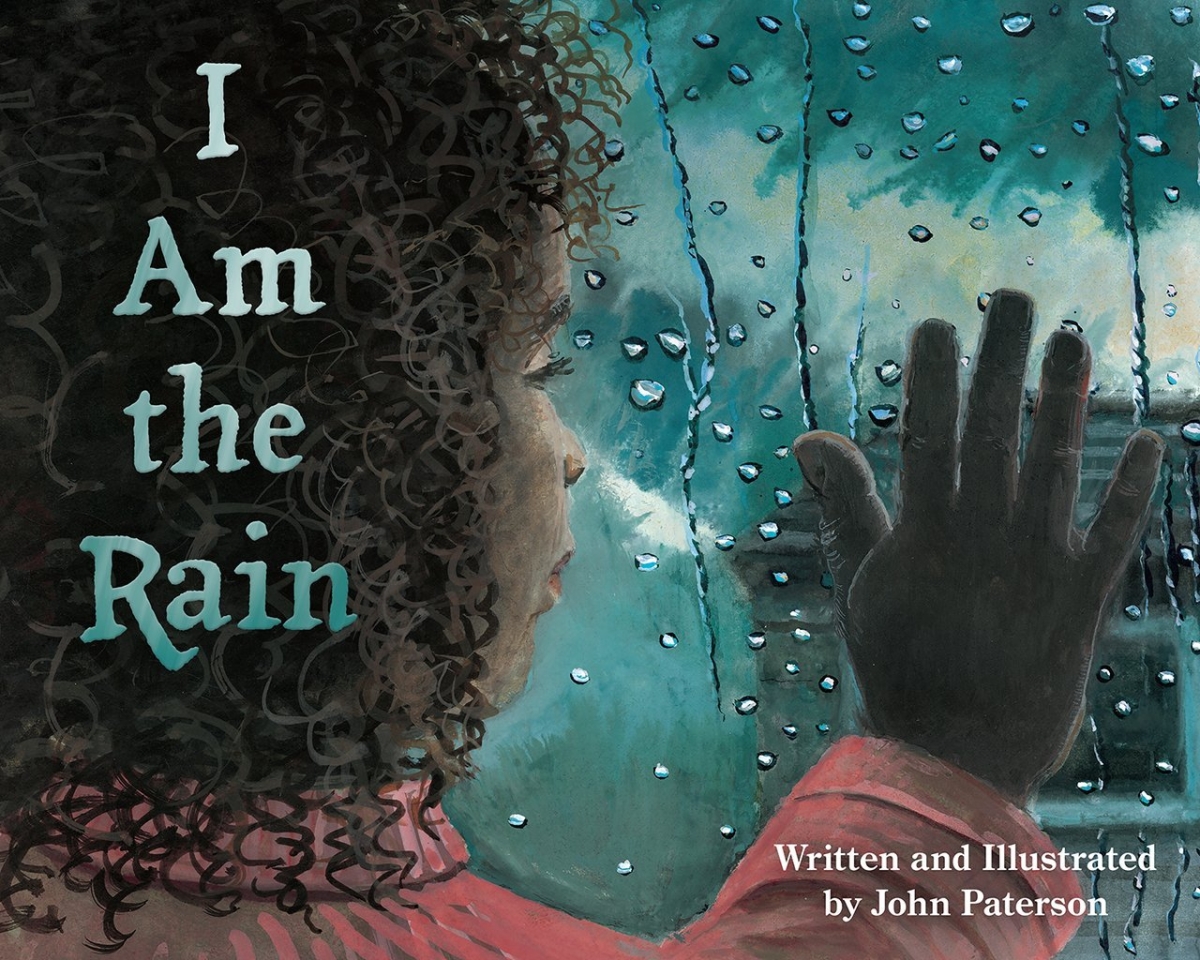(6th) Students assess the health of Blandy’s aquatic systems. They collect, measure, record, and analyze abiotic water quality indicators such as temperature, turbidity, pH, and nitrates. They assess water quality by identifying and analyzing aquatic macroinvertebrates of Blandy’s wetlands. Your watershed scientists also evaluate the physical site adding context and a sense of stewardship in this meaningful watershed educational experience field investigation. Target SOL (for the field investigation. Additional SOL apply to the before and after activities.) Science (2018) 6.1, 6.5, 6.7, 6.9. Mathematics (2016)
Fee: $6 per student
Image here
To enhance classroom connections with the field experience, we have developed this lesson cluster. Field investigations are more meaningful to students when they are integrated into their curriculum. This lesson cluster can be used to: BLAH BLAH. The before visit activities.... blah blah. With the after-visit activities, MORE BLAH BLAH. Click on each of the sections below to learn more about the cluster's activities. LINK TO FULL CLUSTER Click here(see each section for individual activity plans).
Before:
BEFORE WORDS
LINK Before 1-
LINK Before 2-
During: Field Investigations
During words and links to schedule .
Activity 1 and short description ;
Activity 2 and short description
Acitiity 3 and short description
VA Standards Addressed:
Science (2018)
Mathematics (2016):
After: AFTER WORDS
MORE WORDS
Literacy

-
- Students record daily water use for a week, tracking which activities need to have clear, purified water, which clear water, and which could use muddy water. Calculate the volume of water used in a day, and determine the weight of that water. "My Water Footprint" by Project WET is an excellent and similar activity.
- This "Clean Water For All" (PDF) from World's Largest Lesson (in partnership with UNICEF and with help from UNESCO) explores global issues of inconsistent access to clean sources of water.
- Where does the water for the school come from, and what has to happen for it to come out of our taps? Visit a water treatment facility either in person or virtually.
- This book lends itself to an excellent action project for a Meaningful Watershed Educational Experience unit: raising funds to provide clean drinking water for an at-risk population. Specifically, the author recommends Water for South Sudan, however, there are many quality projects all over the world. Ideas for raising money are in the back of the book.
- Additional activities are suggested on the Water for South Sudan website. We particularly like the Two-Voice Poem (PDF) module.
 I Am the Rain Fiction
I Am the Rain Fiction-
Prior to engaging in water quality testing, use this book as a hook for students. Conduct a read-aloud (even with middle schoolers), and then have students brainstorm additional ways that they interact with water and create an "I Am the Rain" statement about one of those interactions.
-
After water quality testing, select one of the "I Am the Rain" statements (When springtime comes I melt away and run into a creek. Waiting, I'm the ocean bay that searching rivers seek) and have students describe what would be different if one or more of the abiotic parameters were altered.
-
Develop a deeper sense of the watershed by having students use pins or stickynotes to identify places in their watershed where each of the "I Am the Rain" statements could take place.

-
Project Wet A Drop in a Bucket clearly illustrates how much freshwater is actually accessible.
-
Multiple pages in this book connect to other recommended readings. For example, page 21 has an excellent graphic depicting water use by humans in different areas and could be used in partnership with A Long Walk to Water and The Water Princess. Prior to reading one of the other stories, examine the related page in One Well. Refer back to that page while reading, and use sticky notes to add supporting information.
-
Conduct a schoolyard watershed assessment. There are many schoolyard report cards online (like this PDF from the Chesapeake Bay Foundation) that can be adapted to focus on how the land could influence water. Identify problem areas and suggest improvements.

-
Explore turbidity by placing a constant quantity of tap water into a CLEAR container and reading text through the bottom. Measure and add a small quantity of sediment, stir, and attempt to read the text. Be sure to record quantities and observations. Continue to add sediment in increments until the text is unreadable.
-
Devise a filter to clean turbid water. Engineer (design, test, refine) the most efficient filter possible (produces the most, cleanest water).

-
Learn more about water access issues across the world. Create a short story (or comic) from the first-person perspective of someone facing these challenges that can be shared with younger students.
-
Identify organizations working to bring clean water to populations without access. Students brainstorm a way to support an organization's mission.
